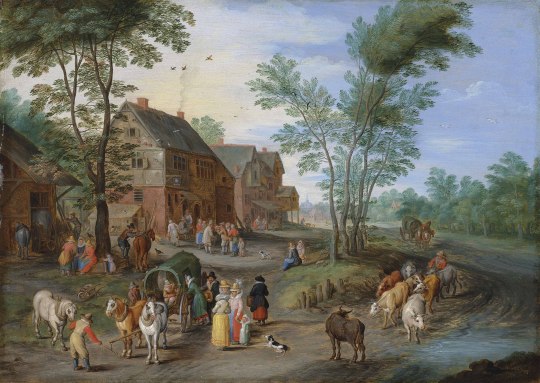#carts
Explore tagged Tumblr posts
Text



#artists on tumblr#danielamv#illustration#drawing#animal#night#rat#moon#mouse#white rat#albinism#white#starry night#3 of cups#tarot#carts#tarot cards#tarot reading#witches#reading#magic#celebrate#happiness#glory#party
95 notes
·
View notes
Text

Landscape with Hay Wagon by Heinrich Jaeckel (1823-1876).
#classic art#painting#heinrich jaeckel#german artist#19th century#romanticism#landscape#road#hills#trees#buildings#carts#staffage
35 notes
·
View notes
Text




grocery store
x - x | x - x
#my posts#stim#sensory#stimmy#stimblr#stim gifs#grocery store#supermarket#carts#food#packaging#colorful#food aisle#opening#carrying#snacks#shopping#food cans#fridge#freezer
23 notes
·
View notes
Text




Apuseni, Romania (2) (3) (4) by Oriana N
#mountains#countryside#flowers#wildflowers#country road#landscape#wide sky#forest#trees#path#carts#romania#apuseni mountains#transylvania
40 notes
·
View notes
Text
#420daily#420life#420stoner#carts#girls who smoke weed#fashion#gaming#diet coke#meth and fuck#meth friends#sex meth#meth spun#girls who blow meth#weedlife#smoke weed everyday#weed intox
14 notes
·
View notes
Text

x
#carts#ice cream cart#kid core#kidcore#nostaligiacore#y2k#y2k aesthetic#y2kcore#y2k nostalgia#2000s aesthetic#2000s nostalgia#early 2000s#queue#🍧
10 notes
·
View notes
Photo

...go with it...
Viscount Station, Mississauga, Ontario,Canada
#pws#lensblr#luxlit#original_artists_on_tumblr#imiging#almost_symetrical#photography#cell phone#russ styles#baggage#carts#minimalism#minimal
173 notes
·
View notes
Text




#gameboy#tamagotchi#games#japan#japanese#ban dai#bandai#1990s#90s#nineties#retro#gaming#nostalgia#carts
6 notes
·
View notes
Text

A Village Landscape with Figures and Cattle on a Path by Jan Brueghel the Younger (1601-1678).
#classic art#painting#jan brueghel the younger#flemish artist#17th century#baroque#landscape#genre art#people#cows in art#horses in art#houses#carts#trees#road
26 notes
·
View notes
Text

Cart fight!
10 notes
·
View notes
Text

9 notes
·
View notes
Text

Carts and folklore garments on the São Miguel Island, Azores, Portugal
Portuguese vintage postcard
#tarjeta#postkaart#sepia#the são miguel island#carte postale#folklore#ansichtskarte#portugal#briefkaart#portuguese#photo#photography#postal#postkarte#vintage#carts#miguel#island#garments#postcard#historic#azores#ephemera
8 notes
·
View notes
Text

silly screencap redraw i did. for the end of She-Ra !1!1!
60 notes
·
View notes
Text
smoking to calm the extra thoughts >>>
#bpd stuff#actually bpd#actually mentally ill#bpd symptoms#mental problems#mentally fucked#actually borderline#borderline blog#bpd problems#bpd struggles#420weed#disposable vape#vape carts#carts#bpd vent#mental health#mentally drained#mentally tired#mentally unstable#living with borderline#major depressive disorder#depressing quotes#bpd traits#depressiv#bpd#bpd things#bpd shit#bpd thoughts#depressing life#tw depressing stuff
36 notes
·
View notes
Text

🍃🖤✨
4 notes
·
View notes